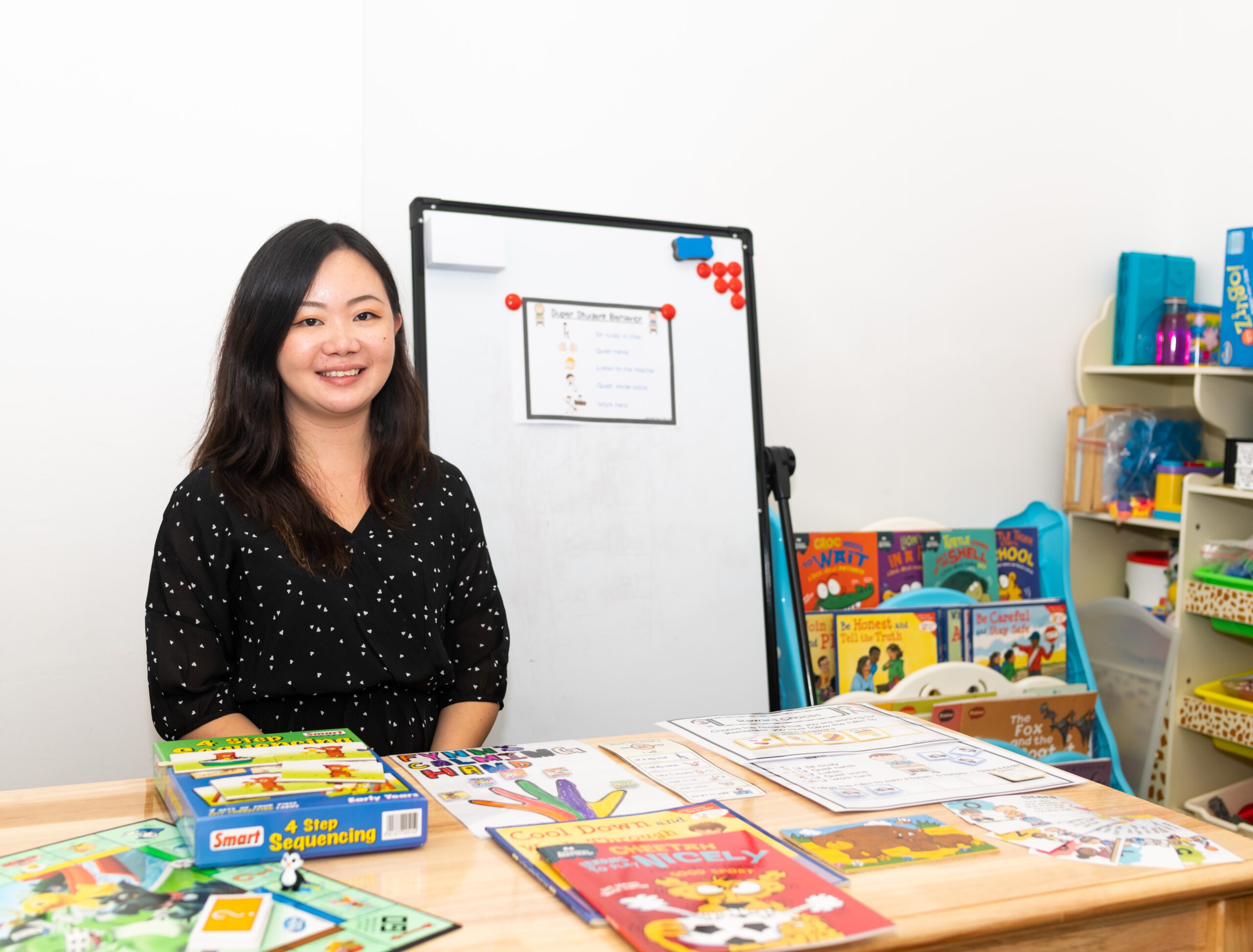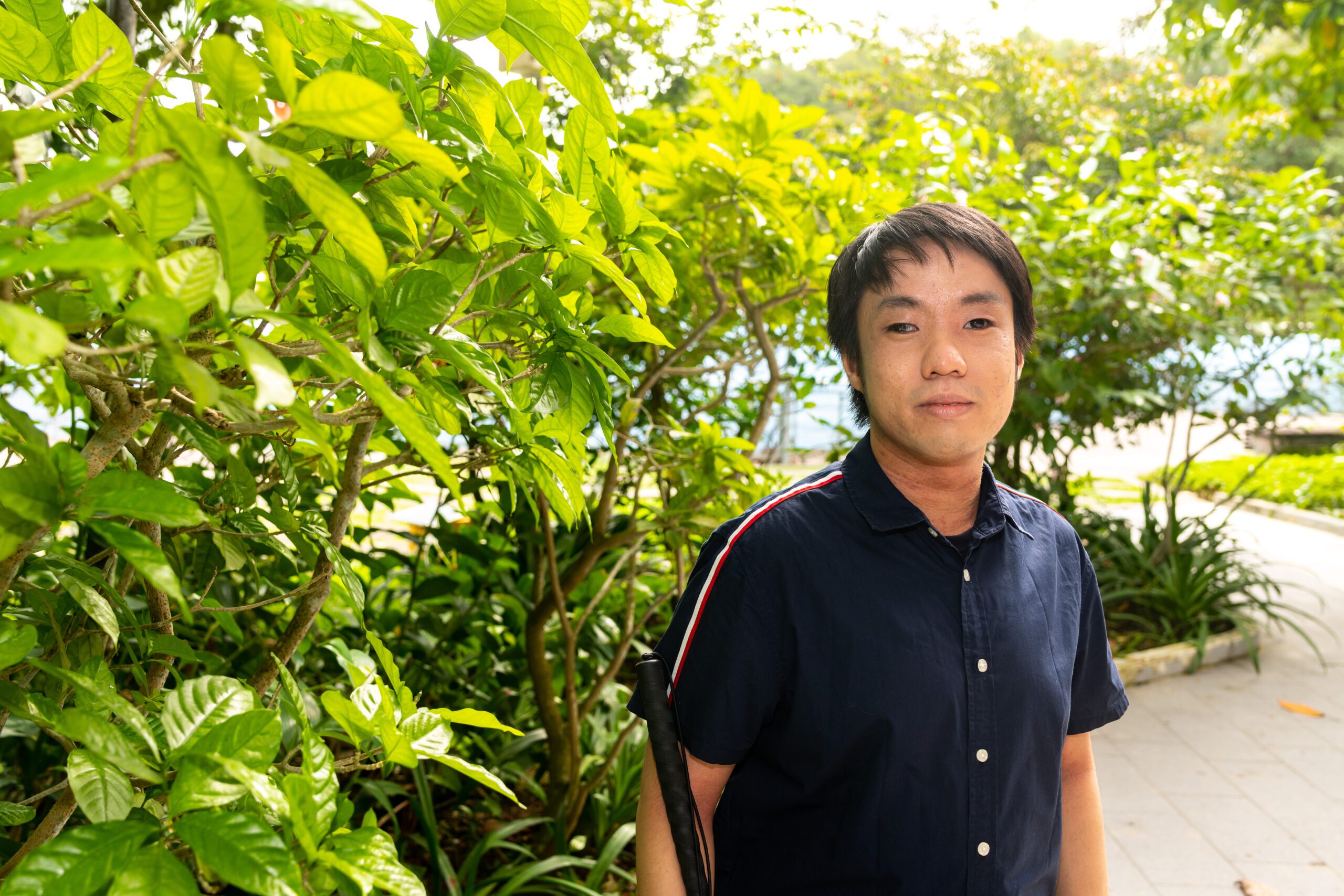What are the other signs of autism?
Autistic children can also have very intense obsessions — I know a child who can recite the mass rapid transit stations from the first to the last terminal. They have fixations on how things should be done. They need to go through each day in a specific order: A, B, C.
Why is that so?
They have formed a way to make sense of their environments and have learnt how to navigate and do things. They know that this order of A, B, C is safe, and that nothing bad will happen so long as they stick to it. So, when you do things in a different order, it throws them into a world of uncertainty.
That’s not so different from the rest of us, isn’t it? That need to feel safe. Some adults I know need coffee to start their days, if not their whole day is off kilter.
Yea, it isn’t that different. It is just that we are able to cope with a different ritual, such as getting our coffee fixes later in the day. We have developed the skill either naturally or learnt it from someone. For autistic children, they need to be taught explicitly how to cope with it. When it comes to rigidity, I do desensitisation by changing the order during a session. Instead of going with the usual order of puzzles, vocabulary and matching, I’d perhaps go with matching first. When I go to a child’s home, instead of sitting on the blue chair as I usually do, I may decide to sit on the pink one. The child can throw tantrums, but I do not give in. After a while, he will realise that throwing tantrums does not help his cause — he’d still have to sit on the blue chair. And nothing bad happens as a result of his sitting on the blue chair.
Rigidity in itself is not bad — it can be beneficial as well. I teach teachers in mainstream schools how to establish routines that will help the child function better. Doing things the same way frees them up as they won’t have to supervise the child as closely.
The stereotypical perception of autistic children is that they display odd demeanour or that they are usually the ones disrupting the class. What is the reason for that?
Yes, a lot of times they get scolded for their behaviours. They tend to have sensory processing issues. Loud noises, bright lights — these stimuli overstimulate their senses. Sometimes, certain situations arise and they feel unable to handle them: they’re denied access to something they want, or perhaps someone took something of theirs. It can also be that another child is intentionally antagonising them. They begin to stim, which is a form of self-soothing mechanism. They flap their arms. They rock forwards and backwards. These repetitive actions, whether they are physical gestures or verbalisations, calm them down and make them feel comfortable.
If you think about it, stimming is a rather normal reaction — we twirl our hair when we’re nervous or bite our nails when we’re stressed. It’s how we soothe ourselves. The difference is that we may only perform these actions privately and not in a social setting. We are also conscious of the fact that we are doing these actions. For autistic children, they may not even be aware that they are stimming. During a session, we teach them when the right time to stim is. For example, while in a class, no stimming is allowed. They can stim during breaktime.
What about tantrums? Is that a form of stimming?
No. Tantrums are a learned behaviour. For example, when a child wants access to a snack, and that request is rejected, he may start to cry. After ten minutes, his parents relent and give the snack to him. He learns that crying gets him what he wants, so he repeats this behaviour in future. The trigger is his craving for a snack. The learned behaviour is crying for the snack. But if he still doesn’t get the snack, despite crying louder or longer, when this negative behaviour goes unrewarded, the possibility of his repeating it is reduced.



